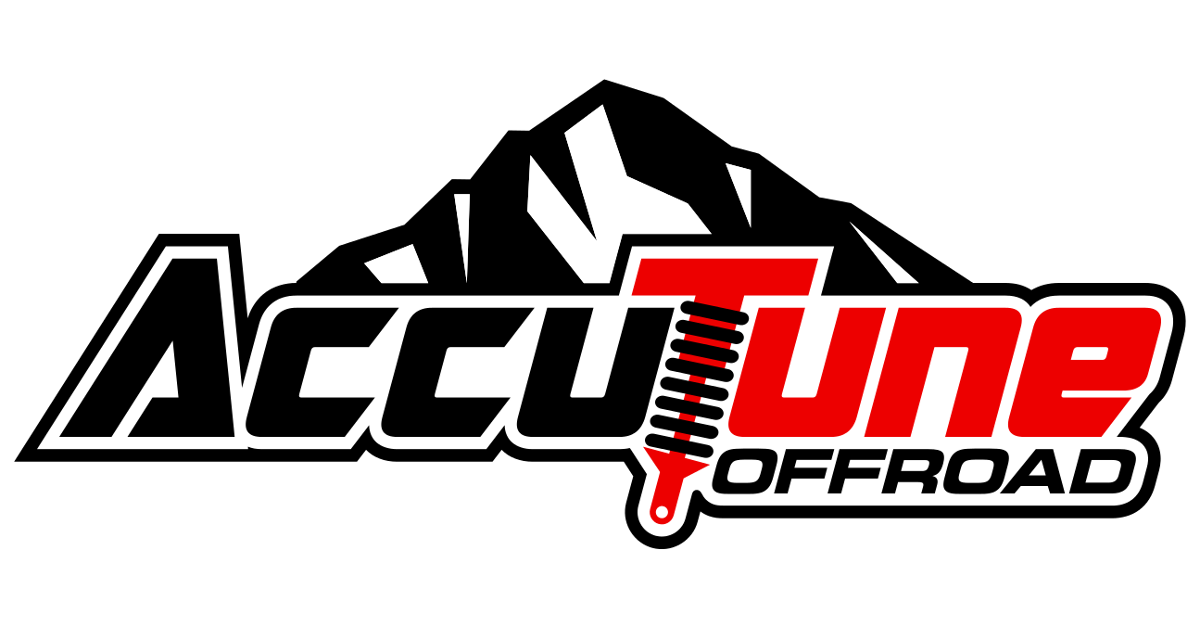My suggestion is you slow down the process and dive deep into shock absorber applications for heavy overland trucks. There are many good companies such as Bilstein, King, Fox, and Icon, that offer shocks of different diameters, with or without remote reservoirs, and choices in valving such as progressive, digressive, linear, or hybrid. Some of this may sound strange right now but if you are interested in selecting the best shock absorber package for your particular situation - it is important to understand these variables.
Stop by a truck stop and drive up onto a certified scale, pay the $10-15, and have an accurate reading of your total weight and weight on each axle. Another important detail is to consider what percentage of time you spend on various surfaces and at what speeds. You can keep it simple and construct a 3x3 matrix to include (1) paved roads, dirt-gravel-sand service roads, and high-clearance 4x4, and (2) low speed 0-15 mph, medium speed 15-40 mph, and high speed 40-70+ mph.
And finally, there is no shock absorber that is perfect for all speeds and road conditions but objectively reviewing your details such as weight, surface, speed, etc. will permit you to help specify and design an ideal shock absorber package for the majority of your time behind the wheel.



